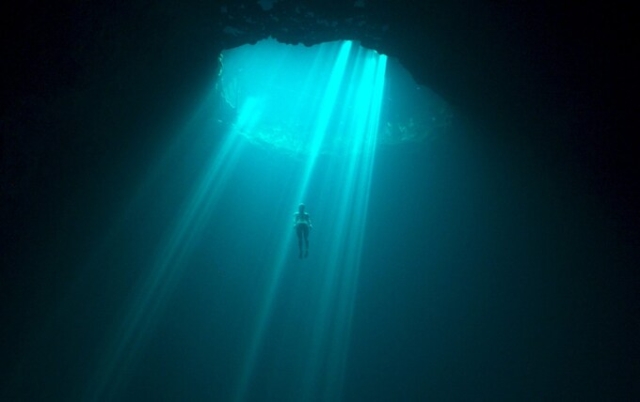 Alessia Zecchini during her deepest breath dive. Author: Netflix.
Alessia Zecchini during her deepest breath dive. Author: Netflix.
“You seem to be dissolving,” says Christoph Cohenen. . “The moment you put your head in the water, everything that happens on the surface, everything that causes you stress or anxiety, just instantly disappears. It's blue, it's silence, it's a pressure that «encapsulates» you — the sea swallows you whole and you disappear.» A Belgian actor and diver tells me about the joys of freediving. “It’s very meditative,” he adds, “because your heart rate should drop… We’re not looking for adrenaline. It's something else.»
Freediving, however, is also a sport that tests human performance, as shown in Laura McGann's amazing new Netflix documentary, The Deepest Breath. It begins with a four-minute episode in which the famous Italian freediver Alessia Zecchini attempts to set a world record in the discipline of free diving, diving without fins, moving into the depths, pulling on a fixed rope, hand by hand.
At a depth of 15 to 30 meters, her body stops swimming, and she goes into a free fall to a depth. As Zecchini's descent accelerates, darkness shrouds her, and she can only see her turning point with a headlamp. Collecting the token, she turns and begins to pull herself up the rope, slowly, slowly back towards the blue, towards the light, all in one breath. “There was no other way to show what freediving is,” McGann tells me, “other than to be with her every second of the dive.”
McGann voices the attempt with a heartbeat, the pulse slowing as Zecchini reaches a depth where her lungs shrink to the size of a clenched fist and blood flows towards her core to protect her brain and vital organs. It's bewitching. But what happens next will shock viewers as Zecchini shuts down just below the surface. It's a common experience for freedivers, but for the uninitiated, it's horrendous, like most filmed dives. The Deepest Breath is not just an anthem to extreme sports, it is also a tragedy wrapped in the story of a search for self-realization and two people who found each other. It's beautifully done and very touching.
The film shows the individual journeys that take 30-year-old Zecchini, the current world record holder in the prestigious constant weight discipline (123m), into orbit around Dublin. Stephen Keenan, an experienced safety diver who was loved and respected in the freediving community. In 2017, Keenan died in the Blue Hole, north of Dahab, Egypt, while helping Zecchini dive.
The Italian trained with Keenan at his base in Dahab, where he ran a freediving school, an hour's drive down the coast from the Red Sea tourist resort of Sharm el-Sheikh. Zecchini has been preparing to freedive without fins in a breathtaking underwater arch that lies 55m below the surface of a natural sinkhole in the ocean. She hoped to be the first woman to swim the 26m arch in one breath since the great Russian freediver Natalya Molchanova, who later disappeared while diving off the Balearic island of Formentera in 2015.
Keenan was a safe diver who was trusted by the sport's elite. At competitions, safety divers are sent to meet freedivers when they return from depth. They should be freediving too, as scuba divers will have to ascend more slowly. In 2013, Keenan saved the life of Molchanova's son Alexei, the world record holder in men's constant weight racing (now at 131 m), when he collapsed from the surface at 40–30 m in a competition in Greece. In the film, which includes footage of Molchanov's dive, Coenen describes how his close friend Keenan waited for quite some time at a depth of 30 meters and went into contractions as his body filled with carbon dioxide before noticing Molchanov in difficulty. 10 m further down. “Decision in seconds: save Alexei or save yourself?” Cohen says. Keenan swam to help the world champion, both returned to the surface.
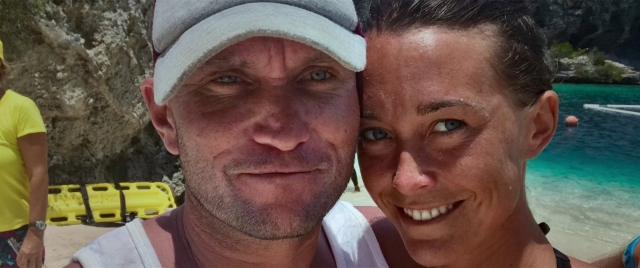 Alessia Zecchini with diving partner Stephen Keenan. Photo: Netflix
Alessia Zecchini with diving partner Stephen Keenan. Photo: Netflix
According to Coenen, it was in his nature to put others first. He recalls the time they were together at a dive center in Dahab when a woman ran up to them and said her husband had gone surfing and she couldn't see him above the waves. “It was like Superman,” says Coenen. “I look next to me, and he is gone. I look back and there he is, fully dressed, with a Baywatch buoy under his arm, ready to go in.”
After Keenan helped Zecchini with her preparations for a successful attempt at the Vertical Blue world record — «Freediving Wimbledon» — in the Bahamas, the two bonded. «The Deepest Breath» shows their connection and subtly hints that this could be a romantic opportunity for both. “The relationship between Steven and Alessia was at the very beginning,” says McGann. “It was the start of something that was never fully realized. I think the material has it.”
The 37-year-old director from Kildare, Ireland, has put together an incredible amount of footage for the film. Developing the story from the point of view of Keenan and Zecchini, she was surprised to find that almost every key event in the story was captured on video. “There were so many moments when I thought I didn't believe it. I don't believe it exists. We had the whole story, and we thought, what's in there? We would say right, we have photos from this event, but there is someone in the background, and they have a GoPro camera…” The footage they needed ended up in “closets all over the world that had hard drives. the ones that haven't been touched in years.» In the case of Keenan's rescue of Alexei Molchanov, the trail included one of the film's co-producers flying to Greece to take a freediving course with the owner of the only known recording, who then agreed to use it.
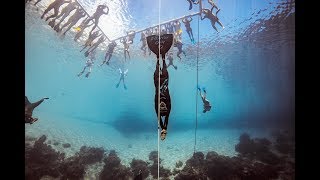
It was a director's dream for McGann, whose previous film Revolutions had been about the roller derby scene in Ireland: “I had a camera on my shoulders, across the country, usually alone; it took me almost five years; I also earned very little.” While she had a passion for snorkeling in the bracing seas off Cork and Kerry as a child, she is not a freediver herself (“my PV is three meters”).
But in the case of The Deepest Breath, the freediving community backed the film, and McGann enlisted the support of A24, the respected production company that cleaned up at the Oscars earlier this year. Zecchini and her father Enzo appear in the film, as does Keenan's father Peter, who gave McGann a flash drive during their first meeting, which included interviews with his son. “That's when I thought Stephen could tell his own story,” she says.
This is a story about a seeker who traveled all over the world before finding in Dahab what made him happy. The story of Zecchini is the story of a completely driven man determined from an early age to push the boundaries of what is possible. The final part of the film is a forensic retelling of the events of Saturday, July 22, 2017, when Zecchini made her adventurous attempt at the Blue Hole, which has recorded the highest number of freediving deaths in the world, with Keenan as her rescue diver. McGann says it was «extremely important» for her to convey the events as accurately as possible. The official accident report detailed the events; McGann only included testimonies from «people who were there» and «only talking about their own moment».
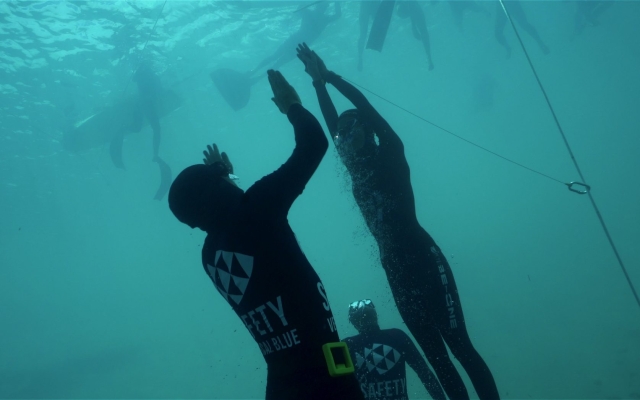 Alessia Zecchini with diver Stephen Keenan. Photo: Netflix
Alessia Zecchini with diver Stephen Keenan. Photo: Netflix
“The last 15 minutes are a very difficult hour,” says Coenen. «As long as I keep watching, [I think] he will be alive.» That morning, Keenan timed to the second when he needed to swim down to meet Zecchini as she exited the archway. The crash report reveals that Keenan set off with a delay that caused him to arrive at the archway 20 seconds after Zecchini exited. “No one could say: this is why,” says McGann. Seeing neither Keenan nor the lifting rope that would bring her to the surface, Zecchini, disoriented, began to follow the line of the reef away from the incoming safety diver. By the time Keenan spotted her, he had to run to get to her using valuable oxygen before they started to climb together. Both passed out close to the surface, Keenan ended up in the water face first, and Zecchini was unable to help him after she passed out. “I think Steve offered his life,” says Coenen. «He made sure she came face-first out of the water… that's why I think he fell face-first into the water.»
«It's always the accumulation of little things that makes it fatal,» he adds. «I keep talking to myself that if I had been there, this wouldn't have happened… you keep this movie in your head all the time.” Understandably, the emotions are still fresh for him and Zecchini, but McGann's film is the most amazing tribute to her, Keenan and the sport they love.
The Deepest Breath on Netflix July 19

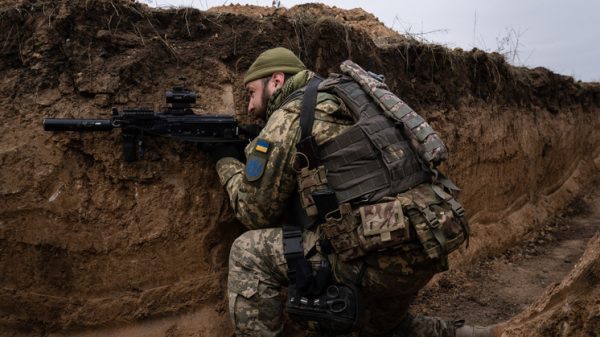
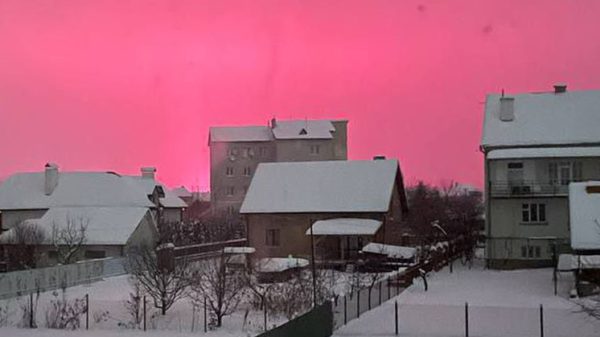
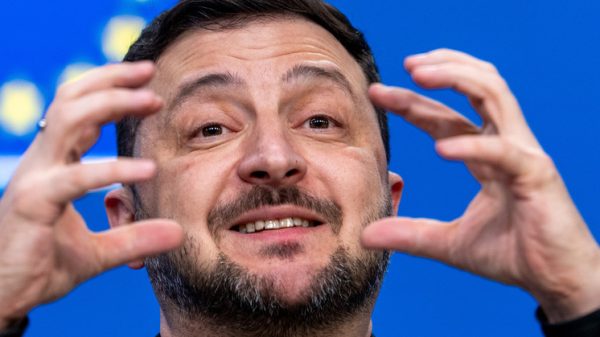
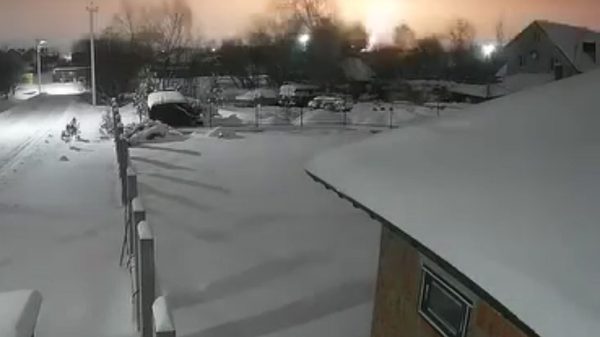
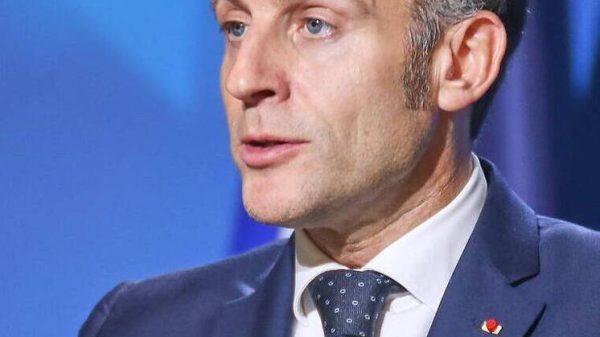

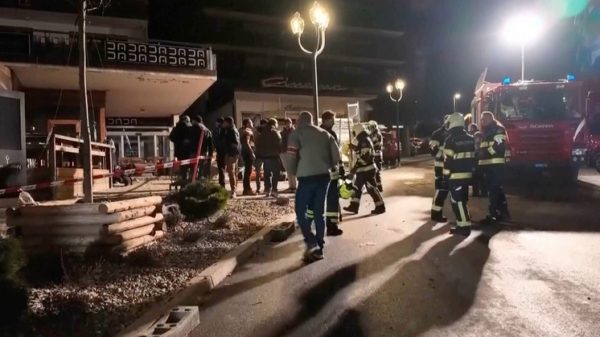
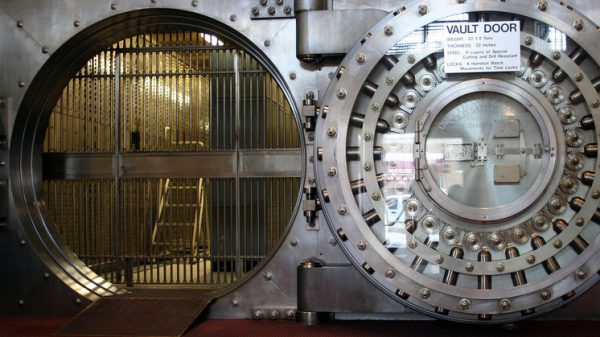
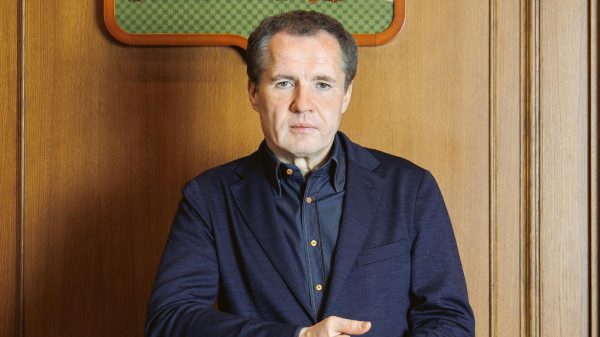

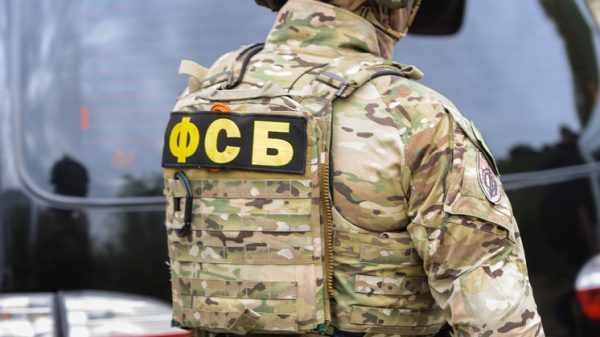
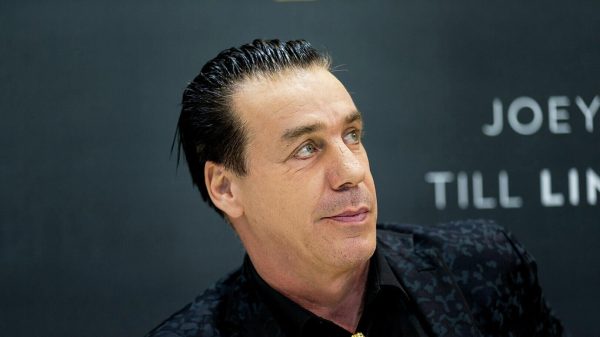


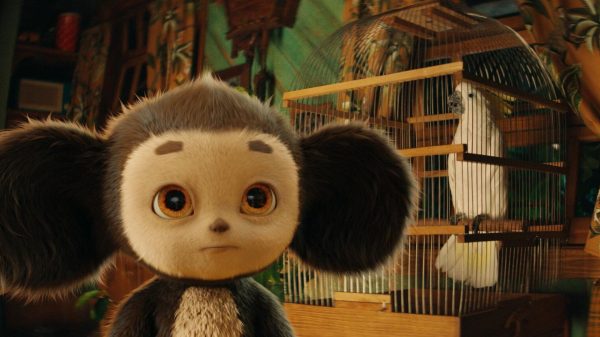
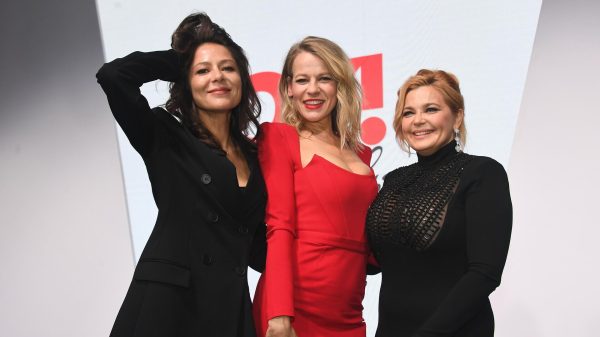
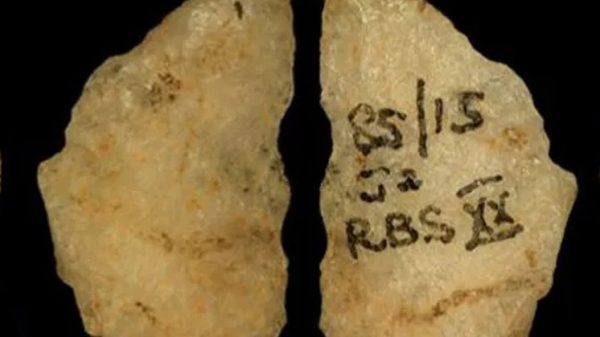
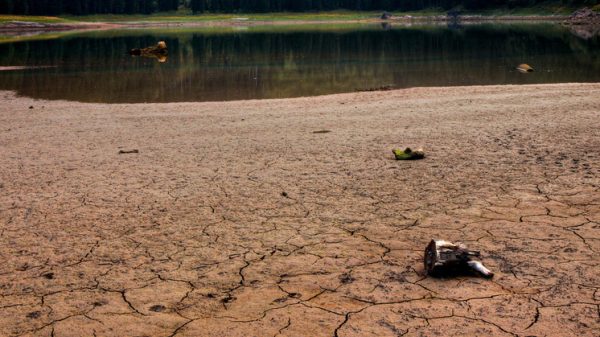
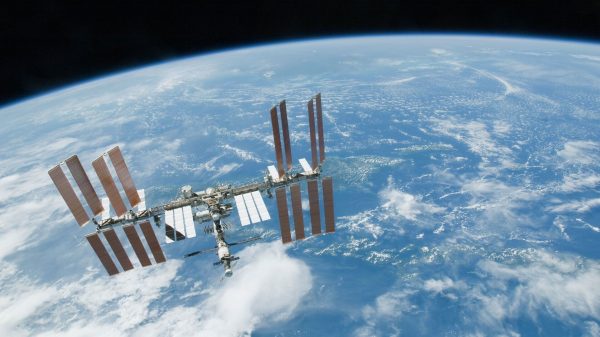
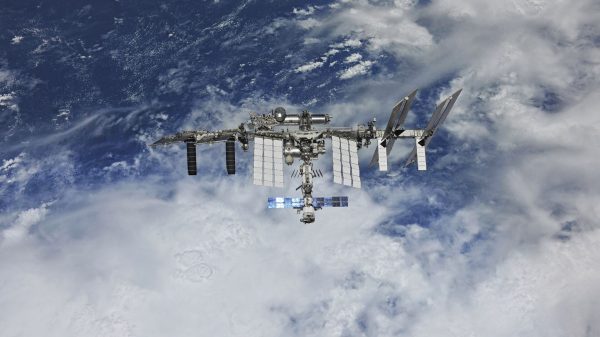


































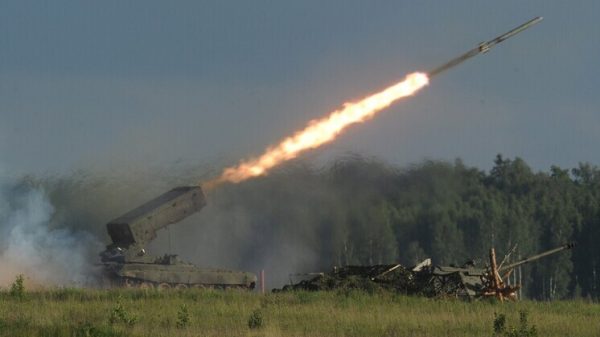

Свежие комментарии